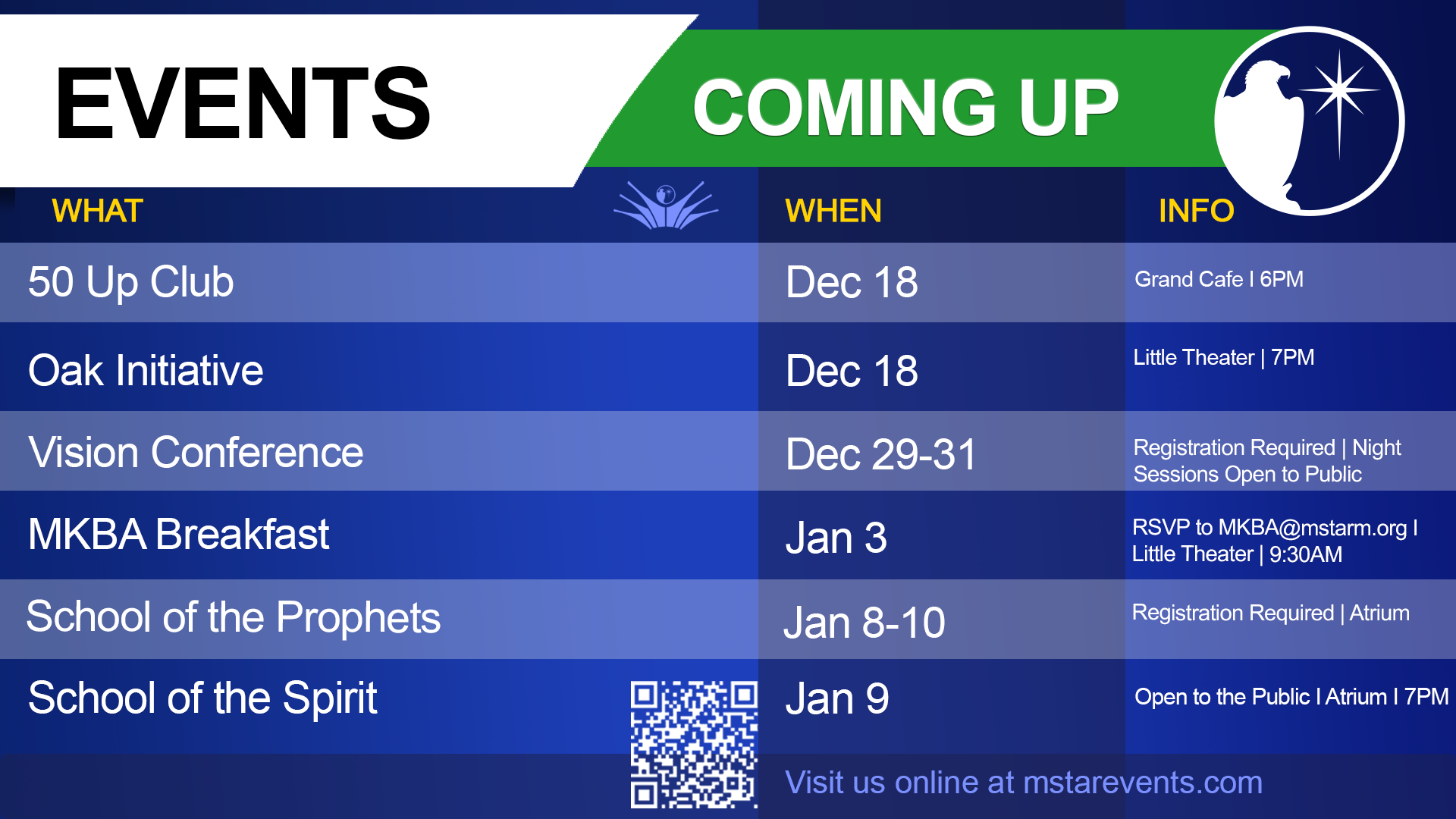This week we will cover Revelation 1:4-5:
John to the seven churches that are in Asia: Grace to you, and peace, from Him that is, and that was, and is to come; and from the seven Spirits that are before His throne;
and from Jesus Christ, who is the Faithful Witness, and the first begotten from the dead, and the Prince of the kings of the earth.
As we addressed, Asia had more churches than these seven. Some were larger and seemingly more important, such as Galatia and Colosse, to whom Paul wrote epistles, Troas where Paul spent a season, and others. What made these seven churches so important as to be the only ones the Lord addressed in Revelation? Why was the whole revelation dedicated to these churches?
Little spoken of in this prophecy actually came to pass during the time these churches existed. It began to unfold immediately, but then stretched out for almost two thousand years and is still unfolding. Obviously this message was for more than these seven literal churches. Seven is a prophetic number for completion or entirety. This is based on the creation being completed in seven days. As the early church fathers, the disciples of the first apostles, seemed to agree, these seven churches represented the entire church of the whole church age.
As we will see, the sequence in which these churches were addressed presents a remarkably accurate outline of the unfolding of church history if broken down into seven periods. Both the strengths and problems of each church is a parallel of the church in each of these periods. It is encouraging how accurate this prophecy was in relation to the entire church and the church age. More than that, it helps us know how to face our own times. This revelation can be applied on other levels.
For example, a new church plant will likely go through all of the phases addressed with the seven churches as it matures. The growth of some strengths can also reveal certain weaknesses. It is similar to the phases individuals tend to go through as they mature. After we have gone through them to become mature, one of the most dangerous and deceitful traps of all can await us—the creeping deception of becoming lukewarm and complacent, as the Laodicean church became. So, this pattern can apply to us as individuals, churches, or movements, as it applied to the church through the church age.
As John addressed this revelation to the seven churches, he began by blessing them with grace and peace—two pillars that every life and church are built upon. This is not just from John, but also from the Lord who “was” and “is” and “is to come.” This is a crucial point about the Lord. Many just know Him as who He was in Scripture. Others know Him by who He will be when He returns, but His eternal name is “I Am,” not “I was” or “I will be.” It is good to know Him from the Scriptures and history. It is good to see who He will be when He returns, but to truly know Him, we must know Him in the present. From the Alpha to the Omega, the Beginning to the End, He is everything! He is the Faithful Witness, the One who overcame death. He is over every other king in authority.
The seven spirits of God mentioned here are not seven different spirits that make up God—they are a revelation of God in His entirety. The point made here is that Jesus is the complete revelation of God. The fullness of the Godhead dwells in Him. This does not mean the Father is not a distinctly different Person, but He and His Son are in such unity that we can see the Father’s entire nature in Jesus. Jesus is the ultimate revelation of God. This revelation given to John is all about Jesus. All things will be summed up in Him. Therefore, our ultimate goal should be to grow up in all things into Him. To Him will be the glory and dominion forever and ever!
As we look at the seven churches revelation, we must seek to see Him in them. Then we need to apply this knowledge to seeing Him in our church in our own time. He is in the midst of His church.



